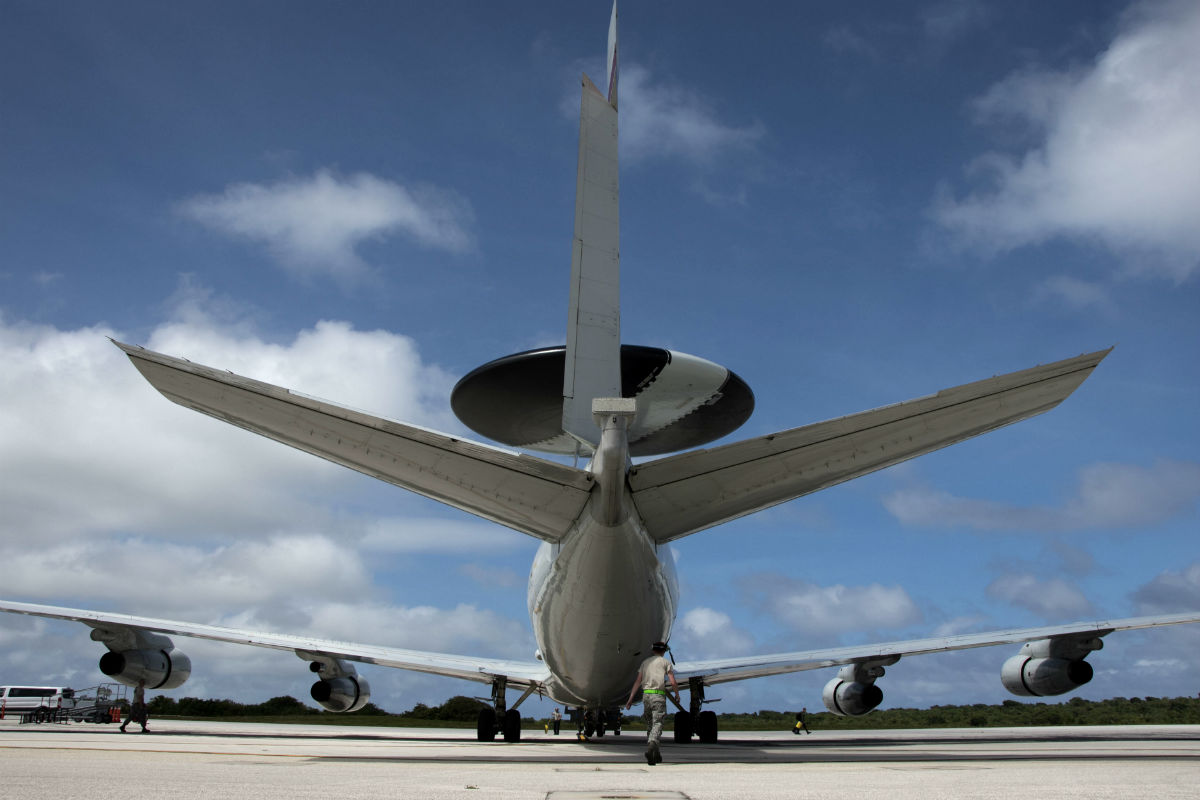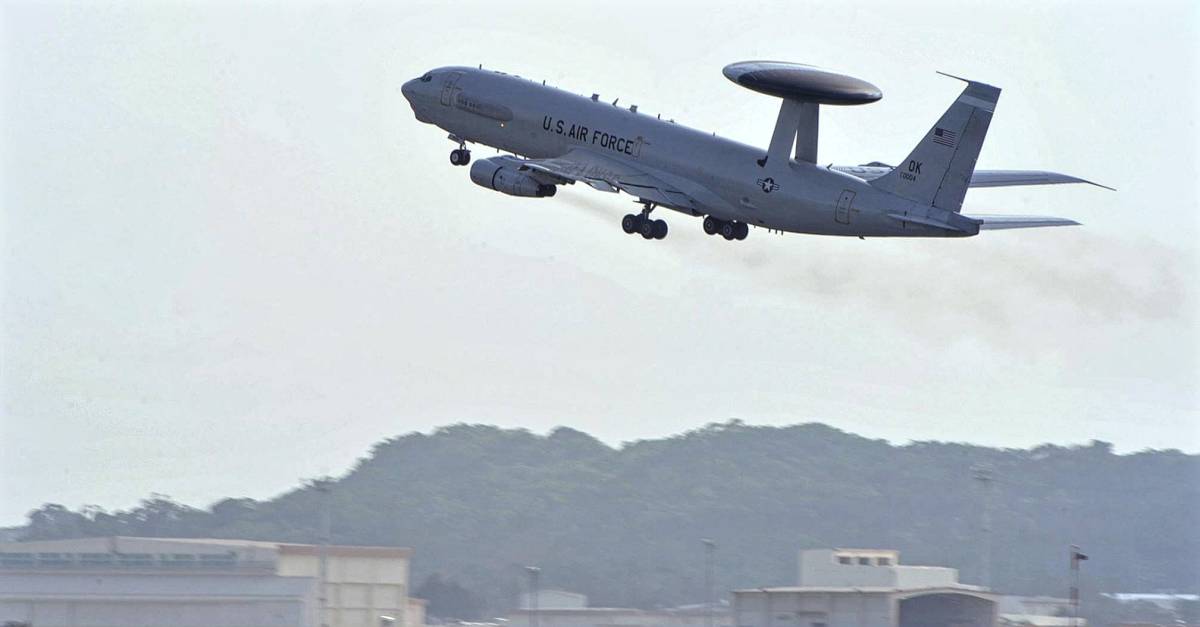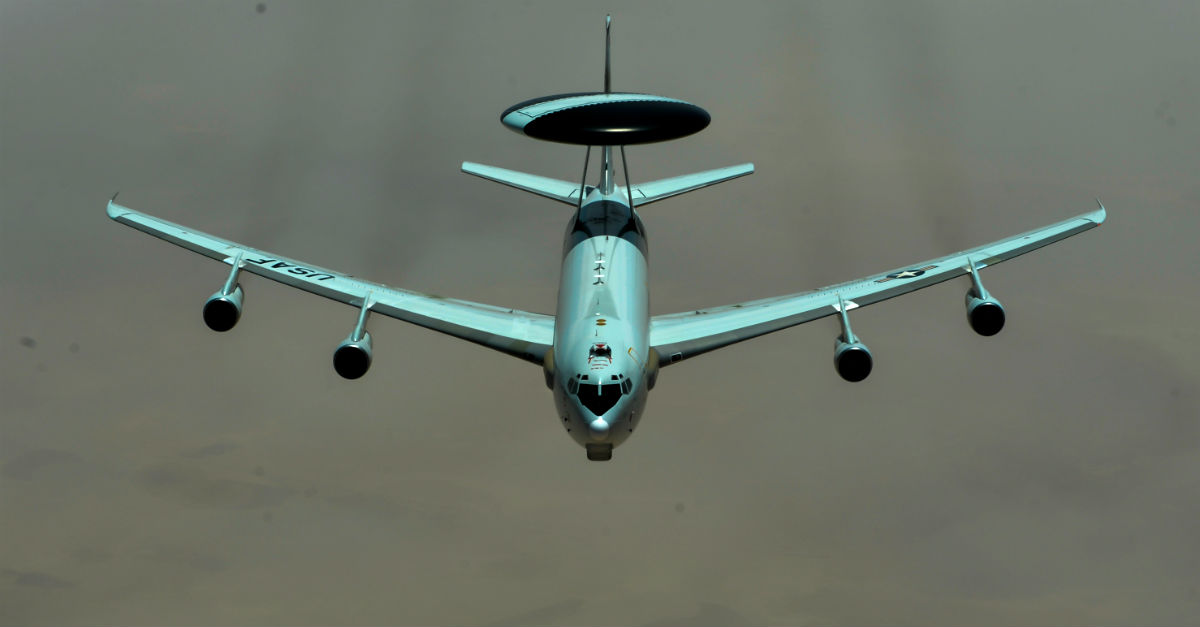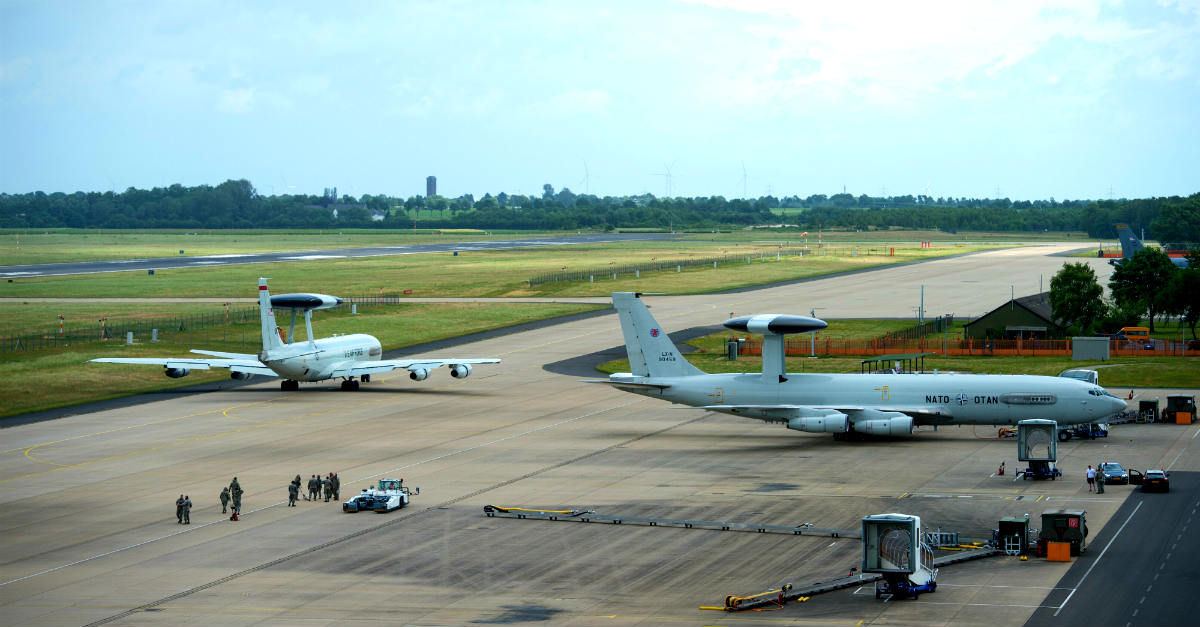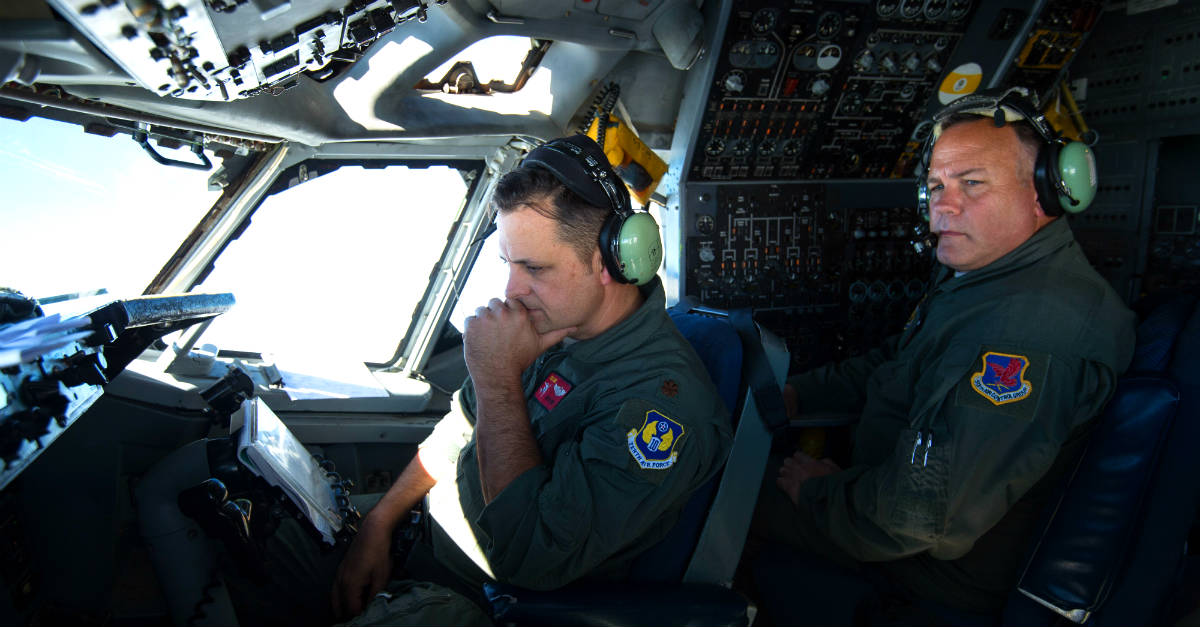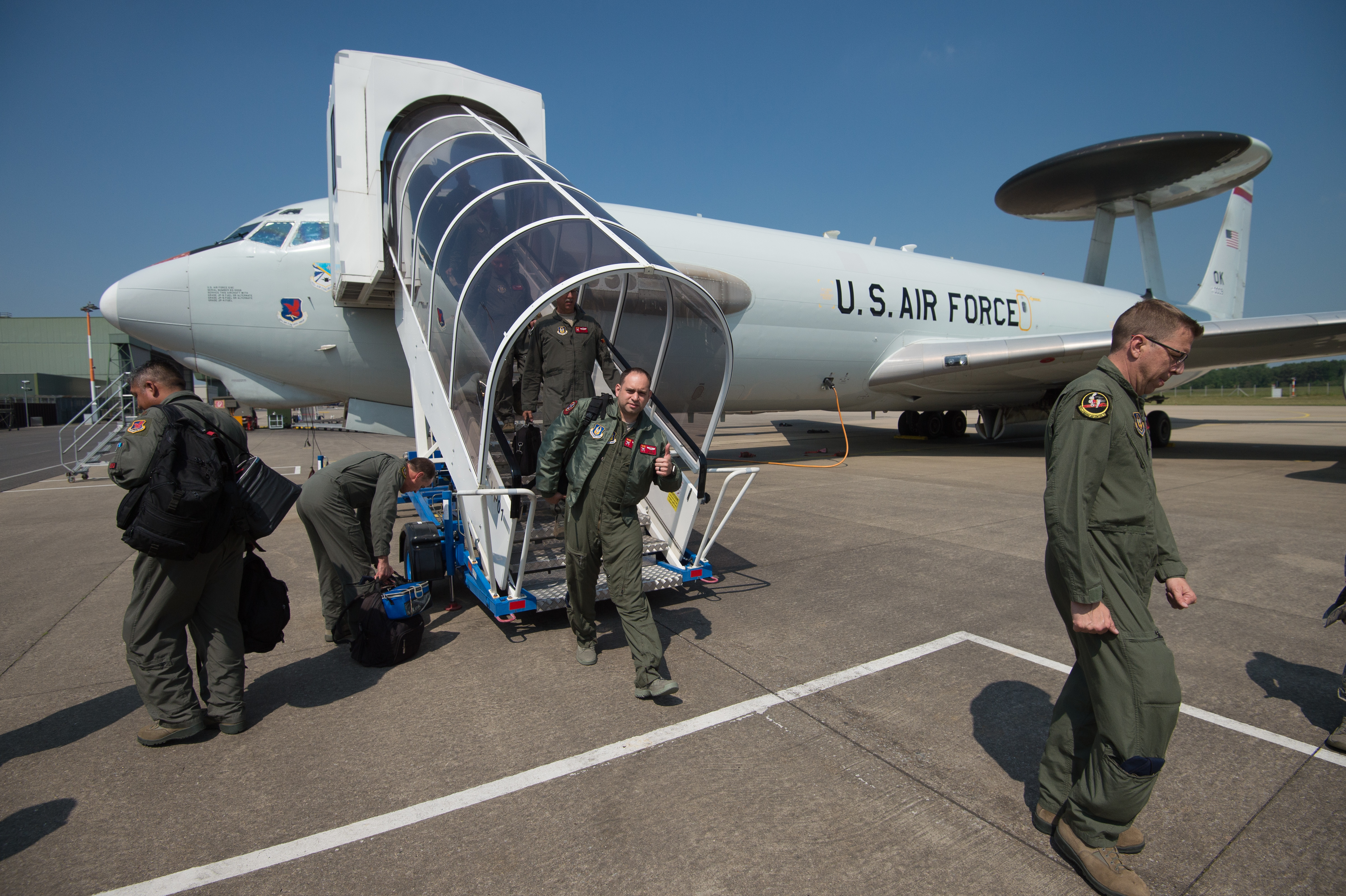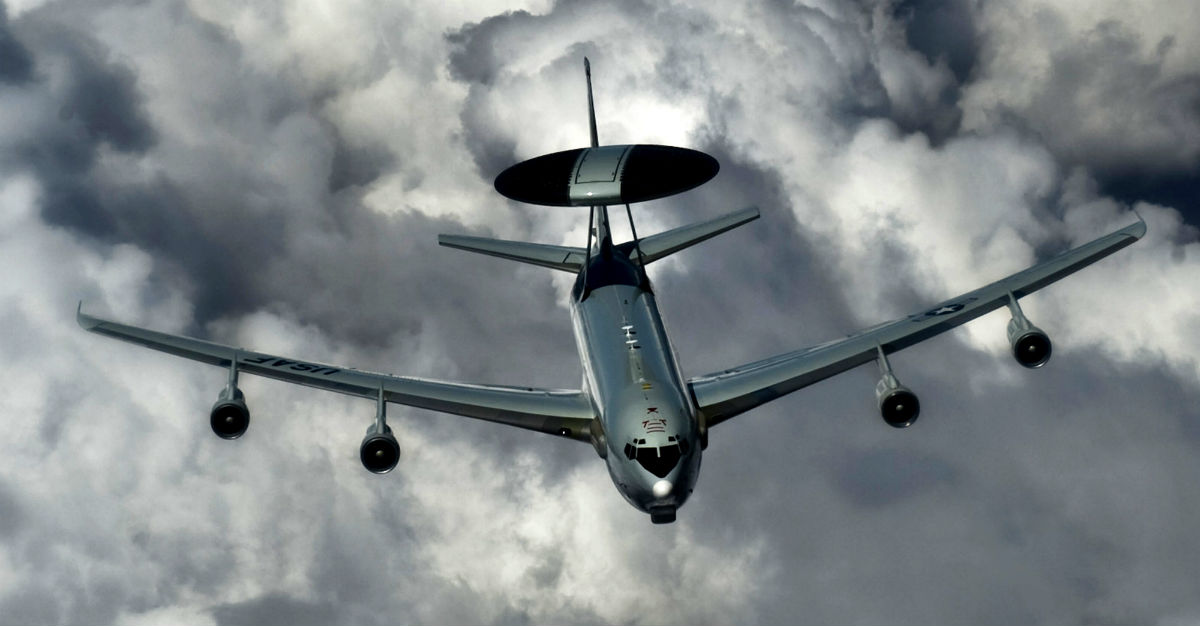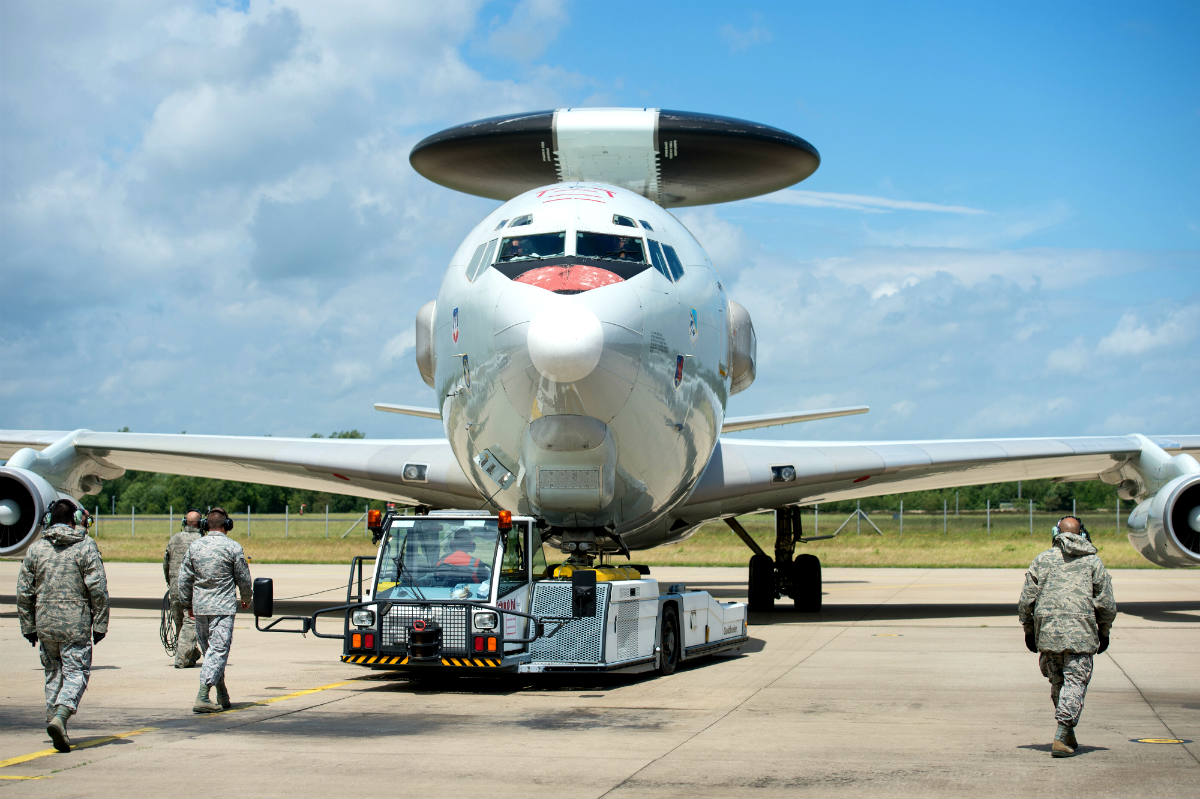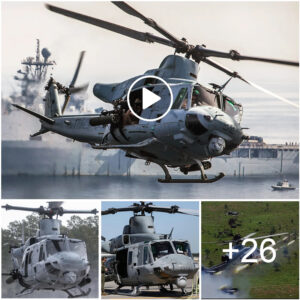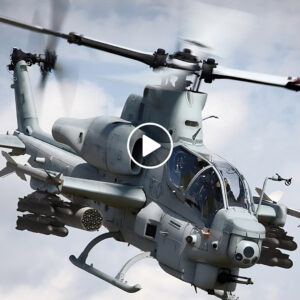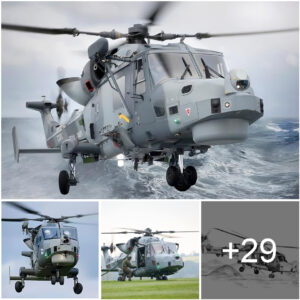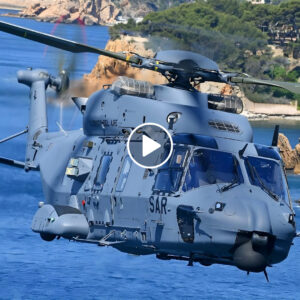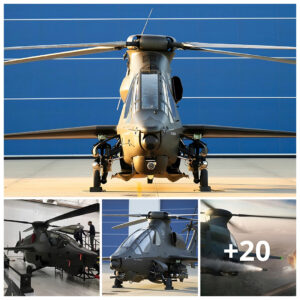The Boeing E-3 Sentry is far more than just an airborne radar. Nicknamed the “Eye in the Sky” by many pilots, this airborne warning and control system (AWACS) is a combination flying command post and spy plane. With its million-watt Doppler Radar System, AWACS can detect incoming aircraft or missiles from tree-top height all the way up to the high end of the stratosphere, and out to hundreds of miles farther than any ground-based radar system.
AWAC Capabilities:
The sheer range and sensitivity of an AWACS’s AN/APY-2 radar, which is also capable of ignoring ground clutter that confuses most other radars, is a game-changing feature in and of itself. During Desert Storm, most Iraqi warplanes were continuously tracked from the moment they went “wheel’s up” from their bases by E-3’s circling 200+ miles away in Saudi Arabia.
In aerial combat, the advantage always swings to the side with E-3’s. The “Eye in the Sky” provides total situational awareness of friendly and hostile activity, real-time command and control of an area of responsibility, early warning of enemy actions and flexible battle management of theater forces. Almost as important, AWACS crews ease the burden on combat aircraft by coordinating various reconnaissance, weapons control, battle management and communications functions.
 In other words, once a threat is identified, the AWACS’s fully integrated command and control battle management (C2BM) system and “God’s eye” view of the battlespace are the ultimate force multipliers. While the enemy aircraft are blind to what their targets are doing, the E-3 Sentry is busy rerouting friendly forces to intercept them. With the added benefit that defensive fighters do not need to actively scan with their own radar, E-3s make these fighters nearly invisible to the enemy until they open fire.
In other words, once a threat is identified, the AWACS’s fully integrated command and control battle management (C2BM) system and “God’s eye” view of the battlespace are the ultimate force multipliers. While the enemy aircraft are blind to what their targets are doing, the E-3 Sentry is busy rerouting friendly forces to intercept them. With the added benefit that defensive fighters do not need to actively scan with their own radar, E-3s make these fighters nearly invisible to the enemy until they open fire.
Defenses:
In addition, while completely unarmed, Sentry’s are quite difficult to kill. Even when not escorted by friendly fighters, their epic radar range allows them to spot incoming threats well ahead of time. Even anti-radar missiles (HARM) have little effect against AWACS. Unlike ground-based radar stations, this big jet can simply switch their radar to passive mode and rocket out of any missile’s engagement envelope in seconds. During the Persian Gulf War and NATO’s Bosnian intervention, Sentry’s shrugged off dedicated EM jamming attempts without any significant effect on their performance.
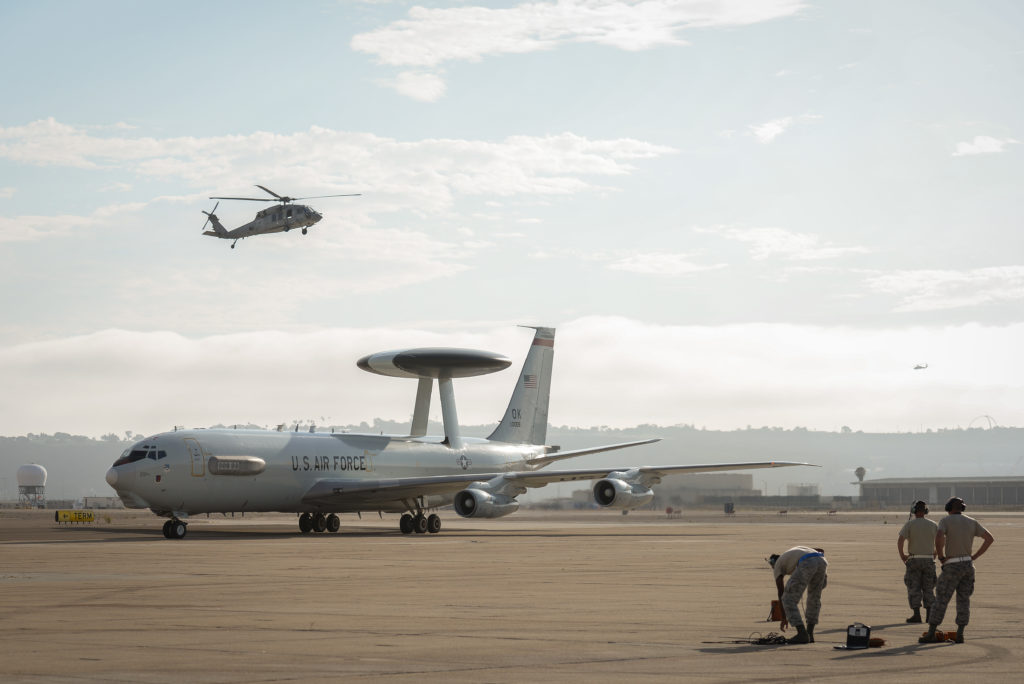
Versatility:
Complimenting all these unique capabilities, E-3’s have eight hours endurance on-station without refueling. Thanks to an onboard crew rest area and ample in-flight refueling, AWACS missions can last much longer if needed.
Of course, the E-3 Sentry isn’t limited to dominating just airspace. The incredibly powerful radar and other sensors on board vacuum up information from a wide range of sources. These include SIGINT and HUMINT, which is then followed by rapid analysis by powerful onboard computers and specialized staffers to shine a spotlight through the “fog of war.” This includes tracking and targeting details for enemy aircraft, ships and even some ground forces, especially radar sites, command and control centers and artillery units.
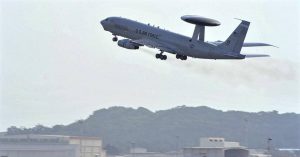
Intelligence Distribution:
The E-3 Sentry can transmit all of this situational intelligence quickly and in a universal format to local commanders, whether they’re troops on the ground, pilots in the sky or ships at sea, or even allied forces. Whether in wartime or humanitarian crisis, E-3’s are often the first assets deployed by the White House to “get a clear picture of what’s going on” and dominate any threats that pop up.
See E-3 Sentry Specifications
| Primary function: Airborne battle management, command and control |
| Contractor: Boeing Aerospace Co. |
| Power Plant: Four Pratt and Whitney TF33-PW-100A turbofan engines |
| Thrust: 20,500 pounds each engine at sea level though |
| Rotodome: 30 feet in diameter (9.1 meters), 6 feet thick (1.8 meters), mounted 11 feet (3.33 meters) above fuselage |
| Wingspan: 145 feet, 9 inches (44.4 meters) |
| Length: 152 feet, 11 inches (46.6 meters) |
| Height: 41 feet, 9 inches (13 meters) |
| Weight: 205,000 pounds (zero fuel though) (92,986 kilograms) |
| Maximum Takeoff Weight: 325,000 pounds (147,418 kilograms) |
| Fuel Capacity: 21,000 gallons (79,494 liters) |
| Speed: Optimum cruise 360 mph (Mach 0.48) |
| Range: More than 5,000 nautical miles (9,250 kilometers) |
| Ceiling: Above 29,000 feet (8,788 meters) |
| Crew: flight crew of four plus mission crew of 13-19 specialists (mission crew size also varies according to mission) Unit Cost: $270 million (fiscal 98 constant dollars though) |
| Initial Operating Capability: April 1978 |
| Inventory: active force, 32 (also one test); Reserve, 0; Guard, 0 |
